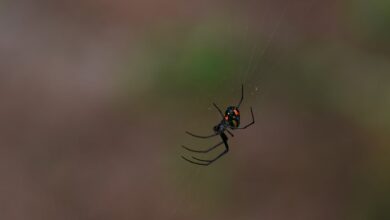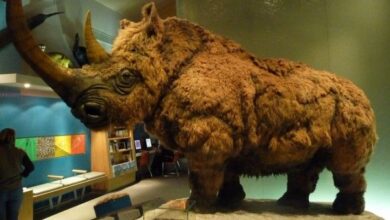The Galapagos Islands, 1,000 kilometers off the coast of South America, are most famous for being the spot where Charles Darwin got his inspiration for his theory of evolution. They are home to various species, including the world’s largest land-living cold-blooded animals, enormous Galapagos tortoises. The archipelago was originally home to tortoises. Initially, 15 species emerged as the islands grew volcanically. However, four species have become extinct since the arrival of humans.
Table of Contents
ToggleAppearance, Diet, and Behavior
To support their large bodies, giant tortoises have robust legs and little air chambers inside their shells. Domed tortoises, which live in the colder sections of the archipelago, and saddle-backed tortoises, which live in arid, coastal habitats, are the two principal varieties. Saddleback shells contain a wide front hole that permits animals to access tall cactus by extending their necks.
Tortoises on the Galapagos Islands live a simple existence, feeding on grass, leaves, and cacti, basking in the sun, and sleeping for over 16 hours per day. They may go for up to a year without eating or drinking due to their slow metabolism and capacity to store vast volumes of water. By distributing plant seeds in their excrement, Galapagos tortoises help to shape their ecology.
Reproduction
At the age of 20 or 25, giant tortoises reach maturity. During the hot season, which lasts from January to May, they usually breed. The female migrates to a region with the dry, sandy ground after mating, which might take many hours. She excavates a hole in which she deposits two to sixteen eggs. After around 130 days, the eggs hatch, and the young tortoises must dig their way to the surface.
Threats to Survival
Between 100,000 and 200,000, Galapagos tortoises were reported to have been murdered as food by pirates, whalers, and traders between the 17th and 19th centuries. Tortoises were also killed for their oil, which was utilized in the manufacture of lamps.
Galapagos Giant Tortoise Rediscovery
On the Galapagos’ Fernandina Island, a considerable tortoise thought to have gone extinct 112 years ago has been rediscovered. A group of four Galapagos National Park rangers made a spectacular discovery in 2019. A lone female gigantic tortoise belonging to a species considered extinct was discovered during an expedition on Fernandina Island.
Whalers and buccaneers destroyed tortoise populations in the 19th century. However, volcanic explosions on the island were assumed to have wiped out the Fernandina gigantic tortoise. The giant tortoise population on the Galápagos Islands is now approximately 10 to 15% of what it was in the past when it numbered between 200,000 and 300,000 individuals.
The Yale genetic investigations are still ongoing, and researchers are preparing a scholarly paper that will detail the actual findings and describe the DNA match between Fern and the 1906 individual. The ramifications of this discovery will be examined in light of the evolutionary history of all Galápagos giant tortoises and the conservation concerns of this particular extinct species. This type of reliable scientific data contributes to a strong foundation for conservation decisions and actions.








